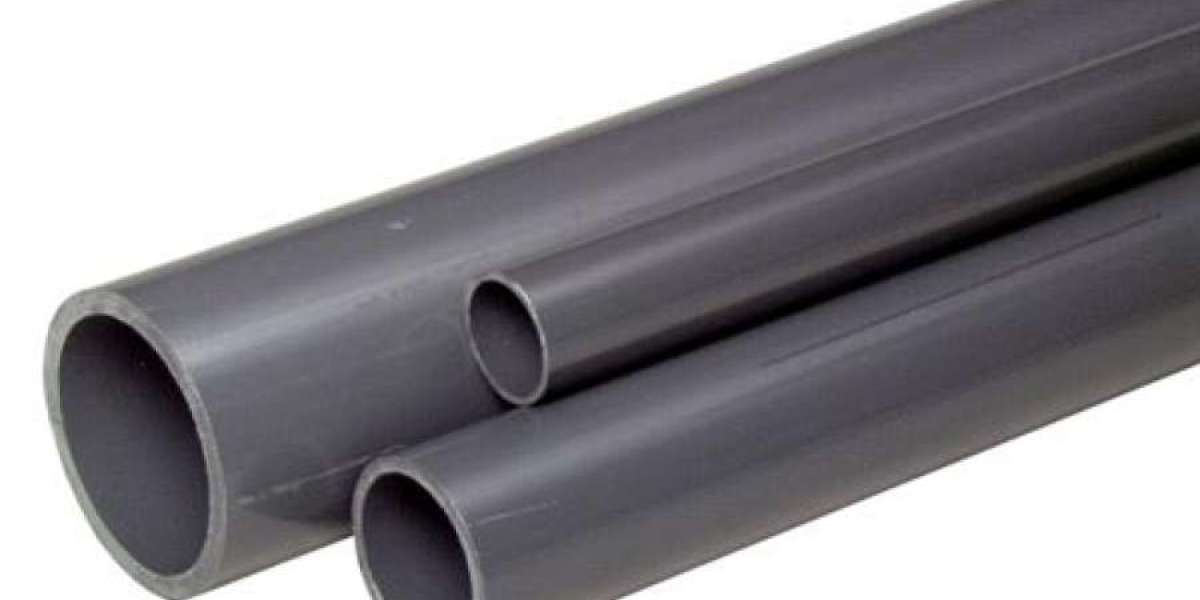Building a new home or commercial property is a major investment, and plumbing is one of its most important components. A well-installed piping system can last for decades—only if maintained the right way. In modern construction, the focus isn’t just on quality materials but also on long-term durability, water efficiency, and hassle-free performance.
This is where using trusted brands like Plasco Pipes becomes a smart decision. Known for their strength and long service life, Plasco’s piping systems are designed to meet the specific needs of modern buildings. But even the best materials need care. Proper maintenance from day one ensures that your pipes perform smoothly without unexpected issues.
In this blog, we’ll cover practical steps and expert tips to maintain plumbing pipes in newly constructed buildings—so you can prevent leaks, water damage, and costly repairs in the future.
1. Start With a Quality Installation
Maintenance begins with correct installation. Make sure the plumbing is handled by certified professionals who follow industry standards and local building codes. Even the best-quality pipes won’t last if they’re joined poorly or bent incorrectly.
Always use the recommended fittings and accessories.
Avoid sharp bends in the pipeline that may weaken the structure.
Ensure pressure tests are conducted before the system is used.
Plasco Pipes offer an added advantage here—they come with user-friendly jointing systems and strong pressure resistance, making installation smoother and safer.
2. Regular Inspection in the First Year
The first year after construction is critical. During this time, the building settles, and so do its internal systems. Schedule a thorough inspection every 3–4 months to look for:
Any visible moisture on walls or ceilings
Reduced water pressure in taps or showers
Noises like gurgling or hammering in pipes
Early detection helps avoid bigger issues. Plasco’s durable PVC and PPRC pipes are designed to handle internal pressure variations without cracks—but it’s still wise to keep an eye out.
3. Avoid Chemical Blockers or Harsh Cleaners
New homeowners often use chemical drain cleaners to keep things flowing. But repeated use of harsh cleaners can damage internal pipe linings and weaken joints over time.
Choose enzyme-based or eco-friendly pipe cleaners.
Avoid pouring paint, grease, or acidic liquids down the drain.
Plasco Pipes, being chemically resistant, offer protection in general use—but proper drain discipline adds years to the life of any plumbing system.
4. Flush Systems Periodically
Sediments and mineral buildup can affect water flow. Especially in hard water areas, pipes may start collecting scale inside.
Flush the entire system every 6 months if the water supply is hard.
Use mild flushing agents approved by professionals.
Ensure outside drains and vent lines are free of debris.
This practice helps maintain the original water flow and prevents clogging in both metal and plastic pipe systems.
5. Install Pressure Regulators If Needed
Excessive water pressure can strain any plumbing system. This may not show immediate damage, but over time, fittings may loosen or crack.
Get your water pressure tested by a plumber.
Install a pressure-reducing valve (PRV) if the reading is over 80 psi.
Check your appliances (geysers, washing machines) for pressure tolerance.
Plasco’s pressure-resistant designs are built to handle modern appliance loads, but adding a PRV is an extra layer of protection.
6. Insulate Pipes in Uncovered Areas
If your building has outdoor piping or pipes installed near windows or roofs, it’s smart to insulate them—especially before winter.
Use foam or rubber insulation sleeves.
Protect exposed fittings with plastic or fiberglass wraps.
Avoid direct sunlight or freezing temperatures where possible.
Even strong pipe systems like those from Plasco benefit from this care, especially in climates with temperature extremes.
7. Educate Residents or Tenants
In buildings with multiple residents, share plumbing care instructions. Educating occupants helps avoid misuse.
Some points to include:
Don’t flush sanitary products or non-degradable items.
Don’t hang clothes or items on exposed piping.
Report drips, leaks, or water pressure drops quickly.
Building a culture of care ensures that everyone contributes to the longevity of the system.
8. Keep an Emergency Repair Kit
While major repairs should be left to professionals, minor leaks or joint loosening can be temporarily handled if you have:
Pipe sealants or epoxy
Plumber’s tape
Wrenches and a flashlight
Replacement O-rings and washers
Having these ready can prevent a small issue from turning into a damaging flood.
9. Schedule Annual Maintenance
Once the system is fully operational, set up a yearly maintenance check with your plumber.
Ask them to:
Check all joints and exposed sections
Clean water tanks and inspect overflow pipes
Assess water pressure and valve conditions
Test drainage speed in kitchens and bathrooms
Annual checkups are quick, affordable, and save thousands in long-term damage repair.
10. Work with Reliable Brands Like Plasco
All of the above becomes easier when you start with dependable materials. Plasco Pipes have earned the trust of builders and engineers across the country for their quality, durability, and leak-proof performance. Whether you're building a home, office, or industrial space, using Plasco products gives you confidence that the foundation of your plumbing is secure.
Their product line includes PVC, PPRC, and HDPE piping systems that are corrosion-resistant, leak-proof, and designed to last under tough conditions—reducing the need for frequent fixes and making maintenance smoother from the start.
Final Thoughts
Maintaining plumbing pipes in new buildings doesn’t require advanced tools or constant attention. It simply needs a good start, smart monitoring, and a little discipline. Choose quality materials, follow safe installation practices, and perform regular inspections to enjoy hassle-free plumbing for years to come.
With trusted products like Plasco Pipes and these maintenance practices in place, your piping system can remain strong, safe, and efficient—saving you time, money, and stress in the long run.






